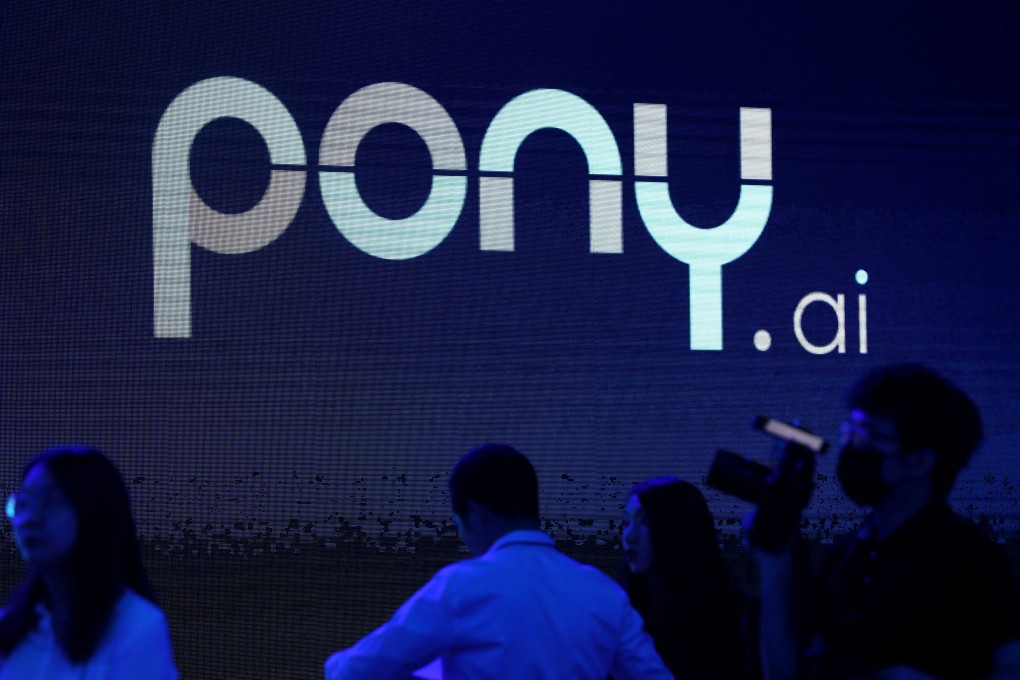Chinese self-driving car firm Pony AI’s shares sink 7% after US IPO
Pony’s pricing was pushed back from last week as the firm increased the deal size and addressed regulator questions

Pony AI’s American depositary shares erased an early pop to decline as much as 7.7 per cent in their trading debut after raising US$413.4 million in an initial public offering and concurrent private placements, after delaying the pricing by a week.
The Chinese autonomous driving start-up’s ADS traded at US$12.02 each as of 2:52pm in New York, below the IPO price. The company sold 20 million ADS in the offering for US$13 per ADS, the top of the marketed range, to raise US$260 million.
Separately, a group of investors agreed to buy US$153.4 million worth of ordinary shares from the company in a private placement. One ADS is equivalent to one ordinary share. The pricing gives the Guangzhou-based firm a market value of more than US$4 billion, based on the outstanding ADS.

Pony’s pricing was pushed back from last week as the firm increased the deal size and addressed regulator questions, Bloomberg News reported. Uber Technologies was among those indicating interest in Pony AI shares, people familiar with the matter have said.
The IPO adds to the modest revival in Chinese companies listing in the US, led by auto firms including self-driving car company WeRide and EV maker Zeekr Intelligent Technology. With Pony’s offering, Chinese companies have raised US$1.2 billion via US IPOs this year, nearly double the amount in the same period in 2023 but below the heights seen during the pandemic.
A unit of state-owned carmaker Beijing Automotive Group Co, and the venture capital arm of Singaporean taxi firm ComfortDelGro had indicated an interest in purchasing as much as roughly US$75 million worth of Pony’s offering, according to an earlier filing.
Pony develops and operates self-driving vehicles including trucks and robotaxis in the US and China. The company has permits to provide fully driverless taxi services in Beijing, Shenzhen and Guangzhou, and has a fleet of over 250 robotaxis as well as over 190 robotrucks. Its limited US-based testing involves no more than 10 vehicles, the filings show.
